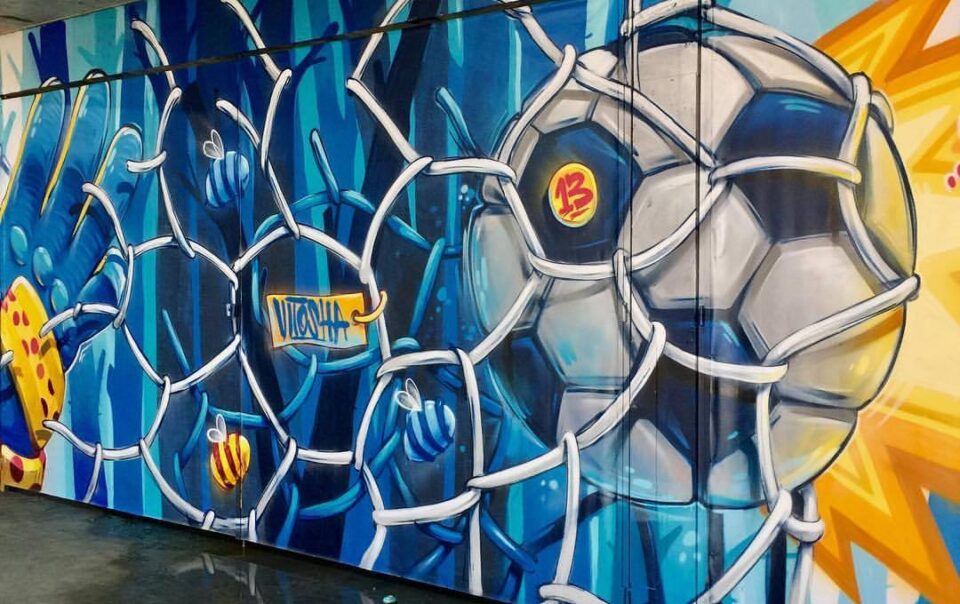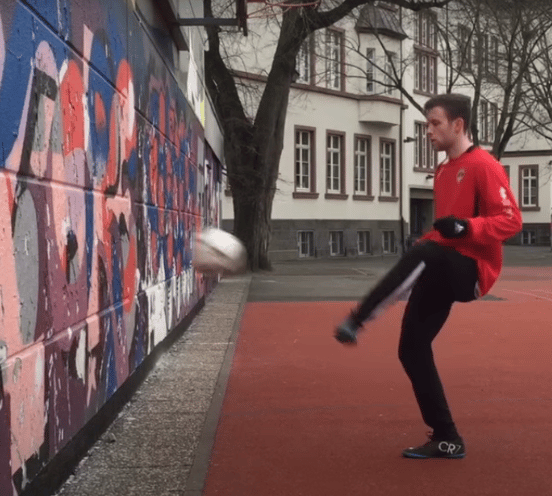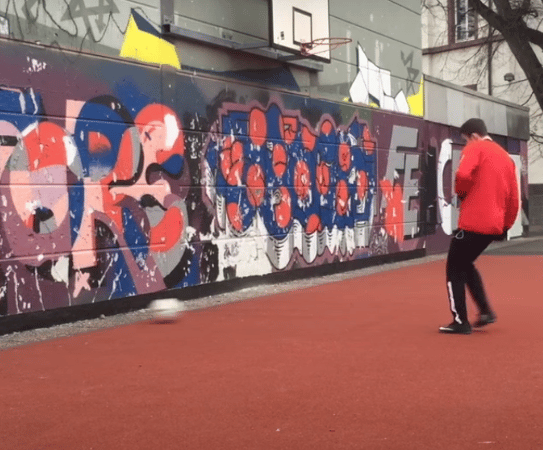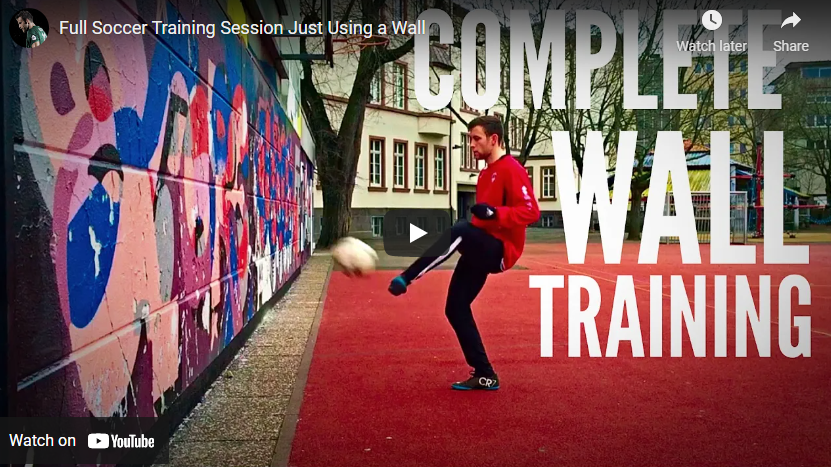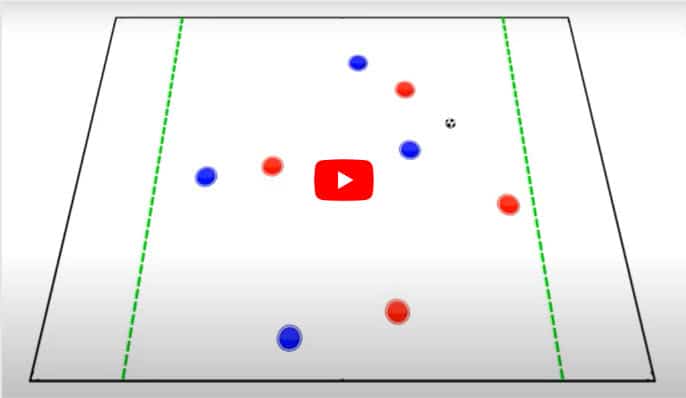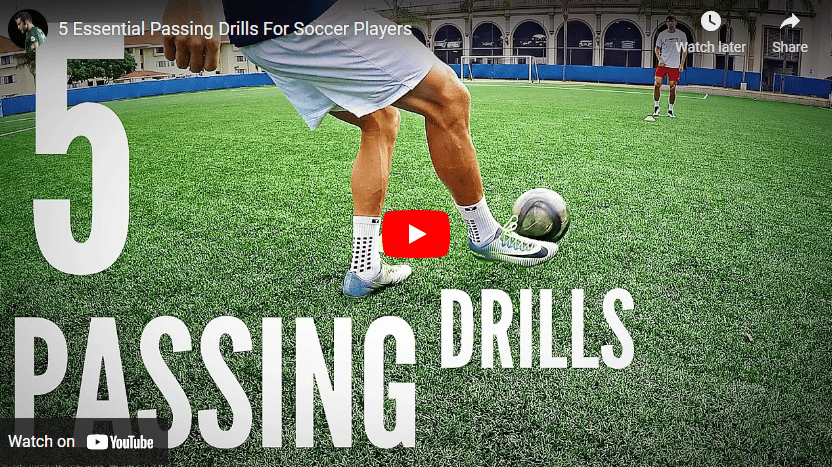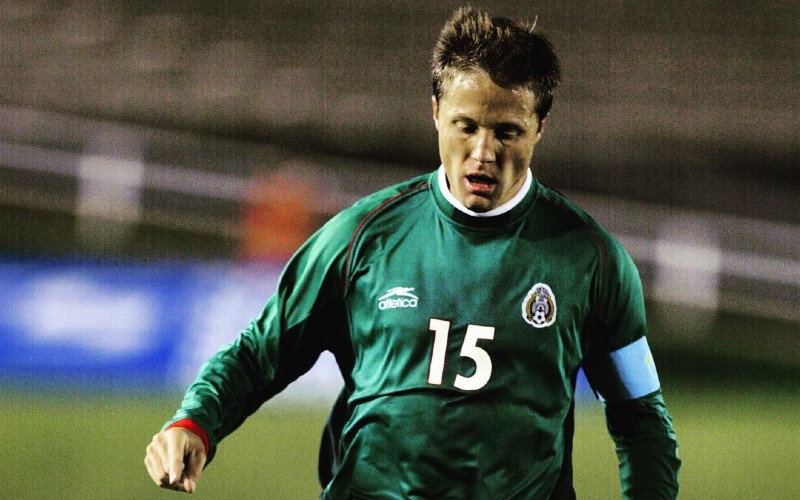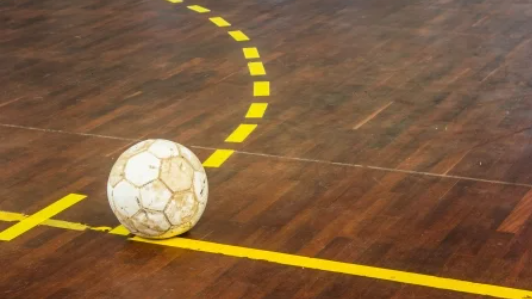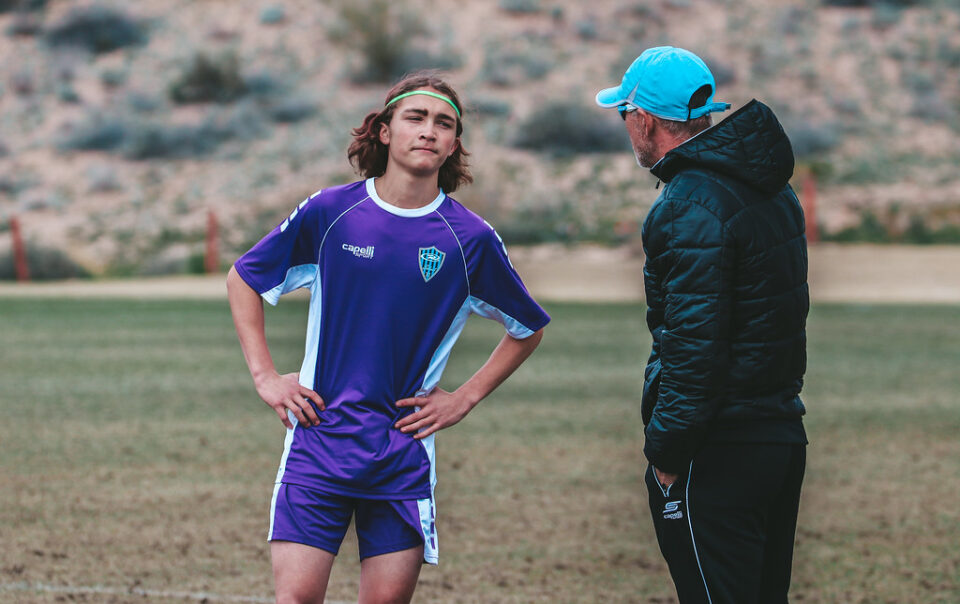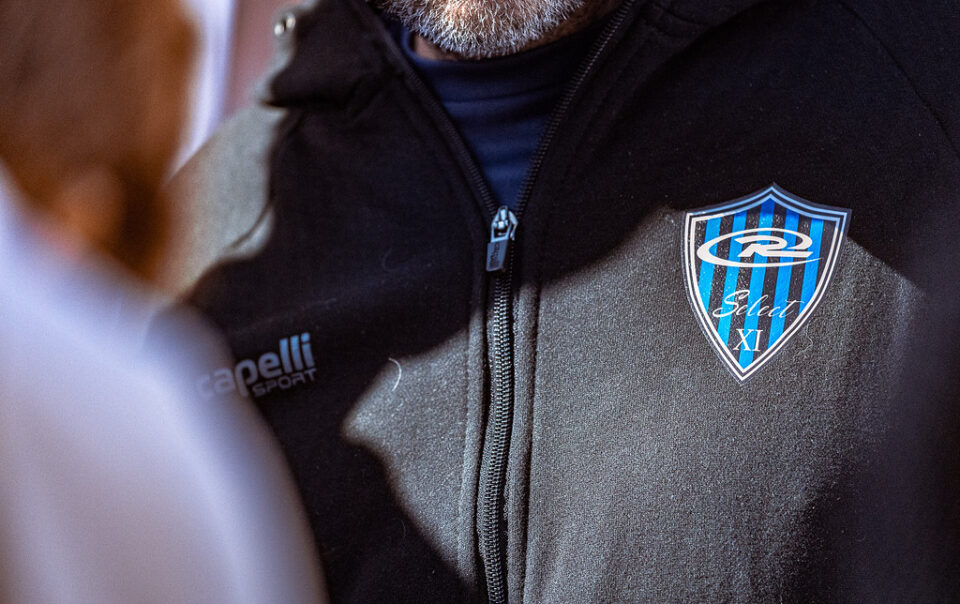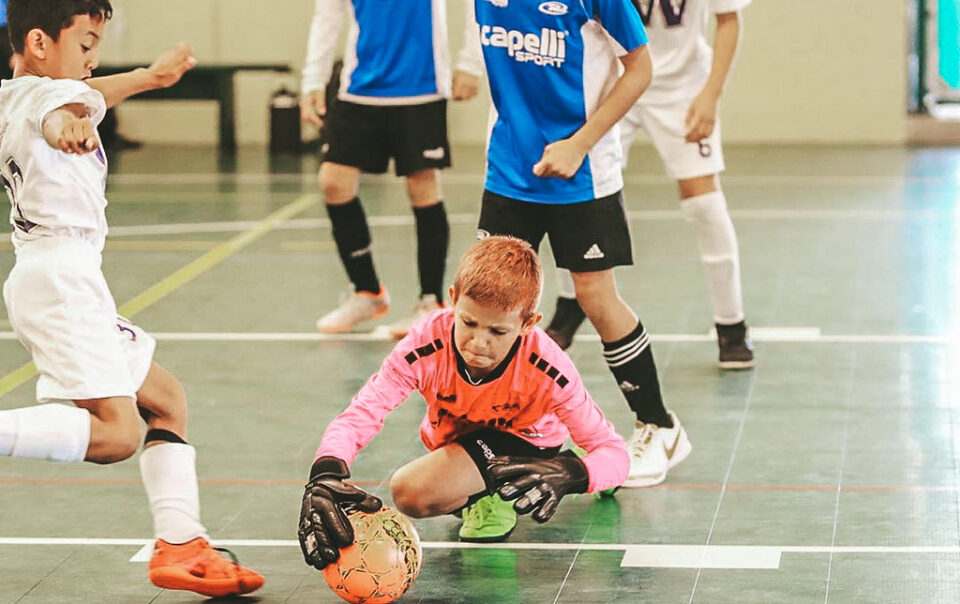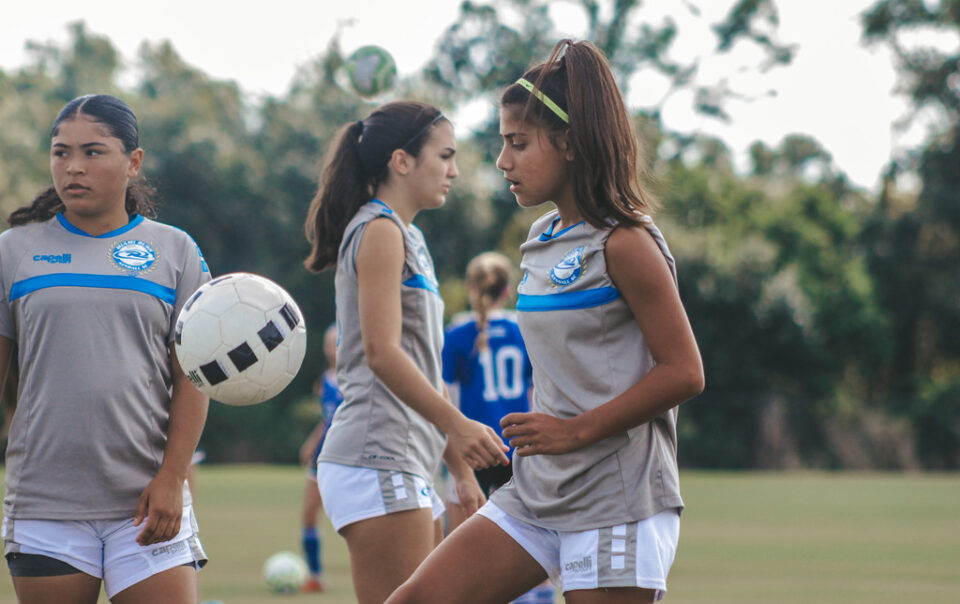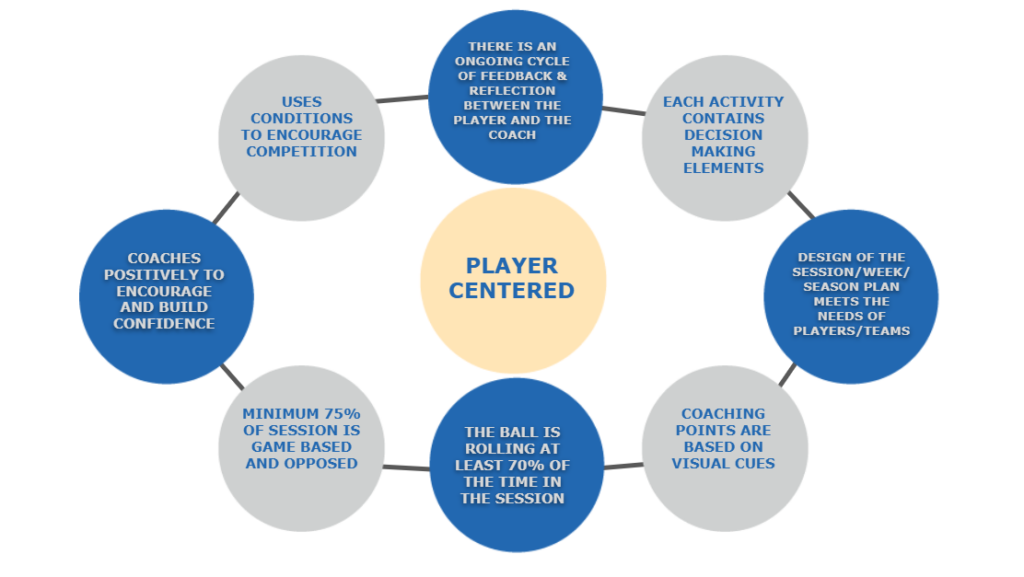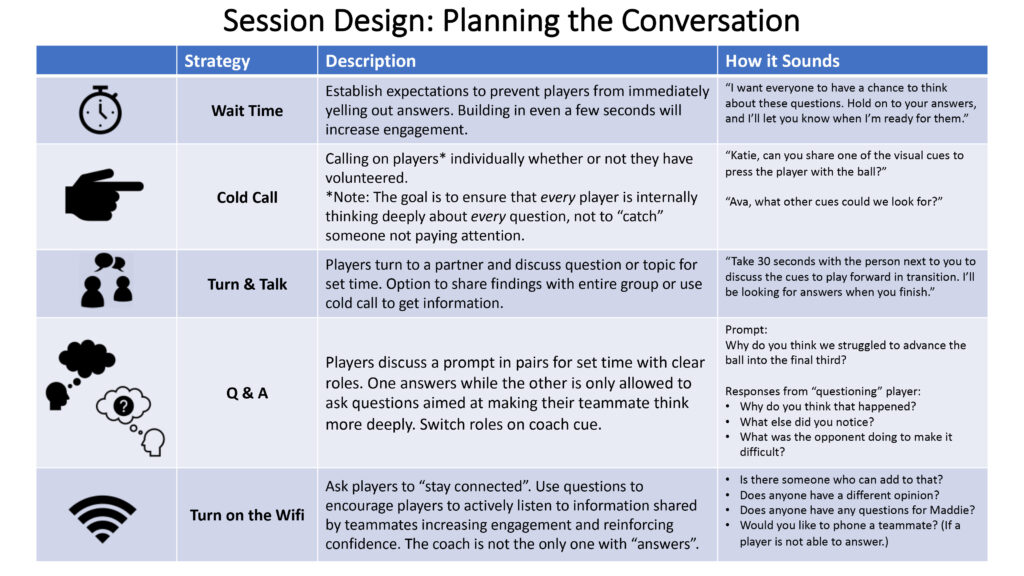I’ll speak openly and transparently about this topic. One of Rush Soccer’s core values is Empathy.
When it comes to soccer, it should take little effort to empathize with a parent. We know you love your kids, and we know your involvement is driven by it, by the desire of ensuring your child’s sporting experience is as good as it can be. Now, and I mean this with all due respect, that doesn’t necessarily mean you know how a good learning environment looks like.
There’s nothing wrong with that. Again, a bit of empathy suffices. Maybe you are a lawyer, or an electrician, or a real estate agent, and maybe you didn’t even play soccer growing up. In fact, sometimes the parents that did grow up playing soccer are the ones with the most misunderstandings about how a good learning environment looks like and what they should be looking for when assessing a training session. “I didn’t know that to be a good horseman you needed to be a horse first” replied the legendary Italian coach Arrigo Sacchi when a journalist inquired if his far from remarkable playing career could be an obstacle for his coaching one. It is very different to be a coach than to be a player. Very, very different, and the fact that we work with children adds another hundred layers of complexity.
Please don’t think this post is geared towards a reflection on parents’ sideline behavior. Far from it, what we actually want is to protect you because there are times in which business eats it all and the drive to make money intoxicates the honor in the duty.
Let’s start with a little experiment: If you had to pick one of the two following passing sessions for your child to be a part of, which one would you choose?
Disclaimer: This is our opinion based on our developmental philosophies and beliefs and by no means we intend to disrespect any colleagues with a different approach. Moreover, we are not implying that any of the activities presented are wrong or mistaken as these are presented without an encompassing context.
Option 1:
Option 2:
I would go with the second one, hands down, and I’ll explain why in a minute.
Did you pick the first one? Don’t feel bad about it, so do a lot of people. You know why? Because it looks pretty and organized. So controlled. So clean. There’s success. And in the second one (if we actually applied it in a real session) there would be so many mistakes, it would look so chaotic. There would be a lot of failures, and it would look so basic. Hardly any cone, any equipment, nothing. But you should remember that soccer is naturally a pretty chaotic sport, especially at these early stages, and that the sport is pretty basic (two teams, two goals, one ball, delimited space, period).
How does the game look when you see it during the weekends? Like what we see on TV or a bit more like this?
So now let’s rethink the session that we would pick by asking ourselves which one seems to replicate the game best.
That’s where the key is. In the first session, there’s ‘technical work’, and there’s nothing wrong about it (it can be useful if well applied within a specific need), but it can also be irrelevant if there’s no transference to skill.
Let me explain that further.
‘Skill’ means that a technique can be applied effectively within a game situation. Then, purely using common sense, wouldn’t it be impossible to learn to apply a technique within a game situation if the session itself doesn’t present the game situation?
The second session, in that sense, is pretty realistic. The only thing that altered the game was to remove the goals. Why? So the players focus on passing instead of shooting, but the rest is there: Teammates, opponents, space, ball.
So here you have a couple good tips as far as what to look for on a training session:
- Enjoyment: The most basic and important aspect, when observing a session for children, is to think: Is it FUN? Is this enjoyable? Please remember that playing is the work of children (Jean Piaget, Maria Montessori).
- Realistic: Does it look like the game of soccer you observe on the weekend?
- Safety: Is my child comfortable and feeling safe in the environment to explore the game? This goes beyond the session itself.
- Is it dynamic? Are the players constantly playing or is it slow, interrupted, and full of wait periods?
- Are they making decisions? Independently of that decision being right or wrong.
If these are there, you’re off a good start.
Here you have some red flags (don’t take them as black and white rules please, of course):
- An excessive number of cones.
- An excessive number of teams in different colors.
- Excessive lines that lead to long waiting periods.
- No smiles.



